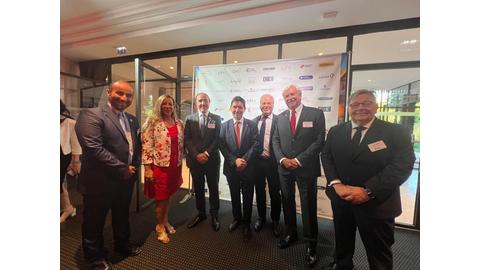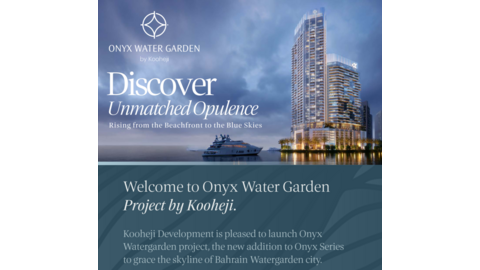Bahrain banks’ external funding ‘to remain stable’

Bahrain banks’ external funding is expected to remain stable, even as funding risk becomes a growing concern for investors in GCC banks, S&P Global Ratings has said.
Analysing the ongoing transition from cheap and abundant liquidity to a more restrictive environment, a report by the ratings agency says the kingdom’s retail banks have large and growing net external liabilities, which could make them more vulnerable to funding shocks.
However, 60 per cent of these liabilities are interbank and 60pc are sourced from the GCC, which could help to mitigate the risk.
Given the ownership structures of some Bahraini retail banks, the credit ratings agency assumes that a portion of this external funding is from foreign parents.
S&P Global Ratings assumes that external funding will remain stable under its base-case scenario. Funding risk is the possibility that a bank will not be able to meet its short-term funding obligations.
This can happen if the bank’s assets are not liquid enough to be easily converted into cash, or if the bank’s funding costs rise too high.
When interest rates rise, it becomes more expensive for banks to borrow money, which can make it more difficult for them to meet their funding obligations.
Dr Mohamed Damak, who is the senior director and head of Islamic finance at S&P Global Ratings, commented: “Bahraini retail banks’ loan to deposit ratios have been consistently below 80pc for the past five years. Therefore, in our view, a portion of local deposits and external liabilities are recycled into government and local central bank exposures. On March 31, 2023, these exposures represented almost one-quarter of retail banks’ balance sheets.
“The other peculiarity of the Bahraini banking system stems from the large wholesale sector. However, we see the risk of disruption to retail banks as relatively limited,” he added.
According to the expert, wholesale banks’ domestic activity represented about 15pc of total assets and remained stable over the past few years in the country.
On March 31, 2023, about half of this exposure comprised interbank transactions – wholesale banks’ lending to local retail or wholesale banks – and another one-quarter was direct lending to the Bahraini private sector.
“Exposure to the government represented about 15pc of total local assets at the same date. Furthermore, about 78pc of these exposures were financed using local sources, meaning that the overall domestic net contribution from wholesale banks to the local economy stood at $4.2 billion, or about 4pc of the retail banking system’s size,” added Dr Damak.
He feels the availability of a well-functioning domestic debt capital market can make a difference for Bahrain’s banking sector’s funding opportunities.
“In terms of relative stability, funding sourced from the domestic debt capital market tends to be more stable than cross-border funds, but less stable than core customer deposits. Having a broad and deep local debt capital market can therefore help the banking system reduce its dependence on external funding and ease concentration and maturity mismatches,” the expert explained.
Source: https://www.gdnonline.com/Details/1254778


